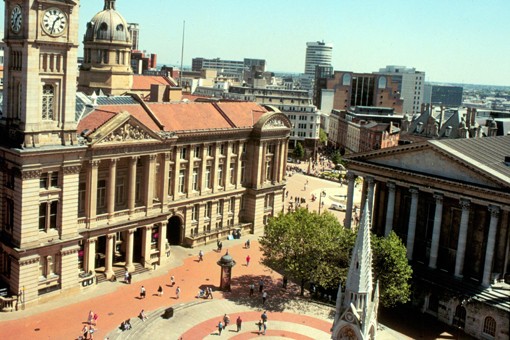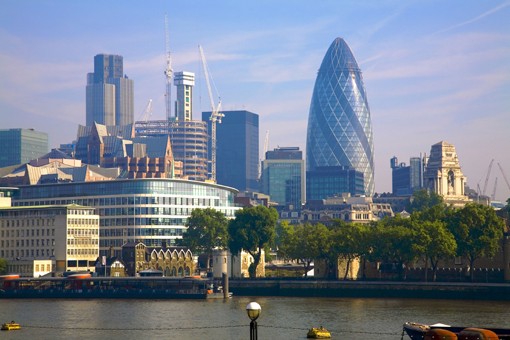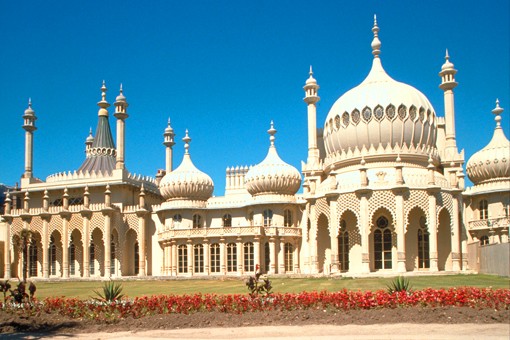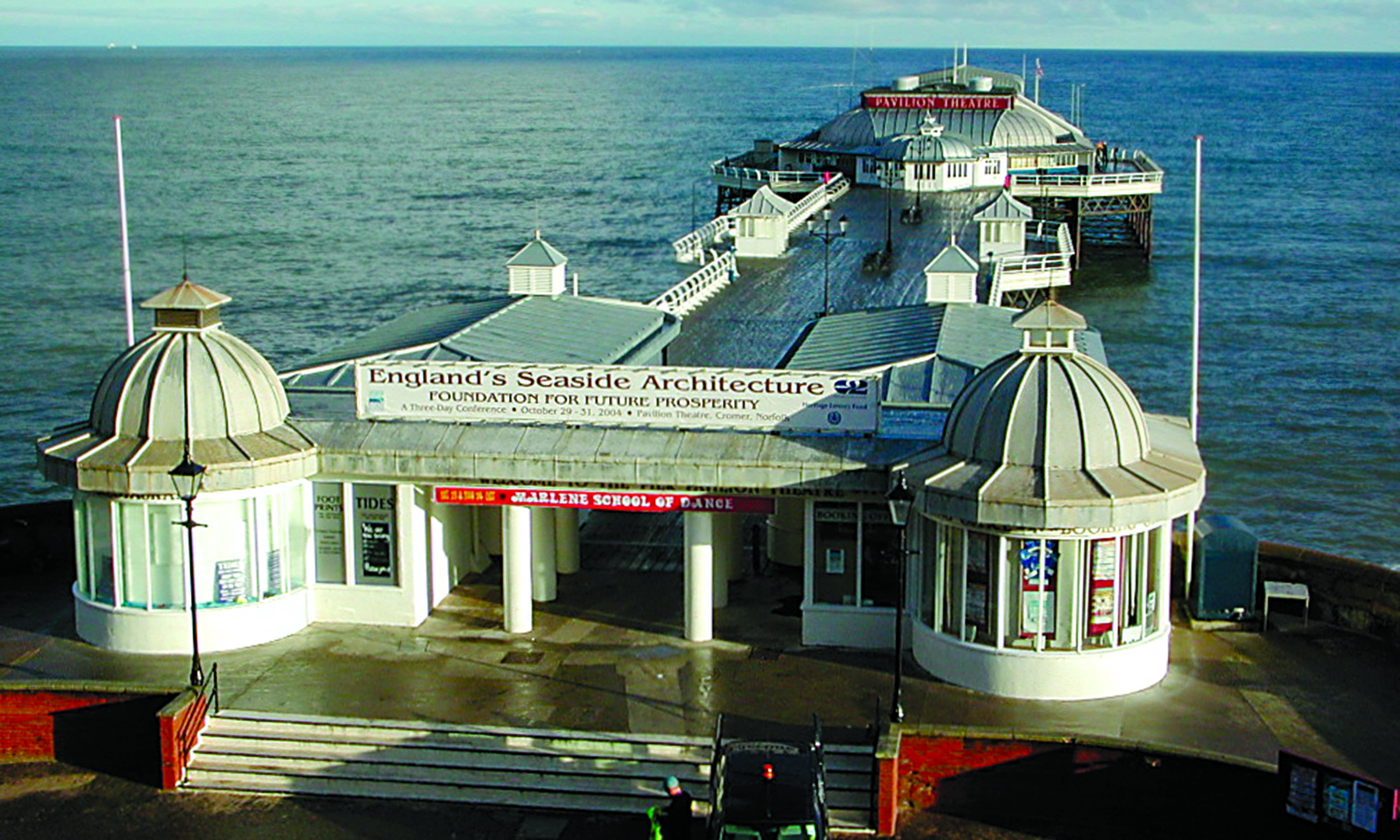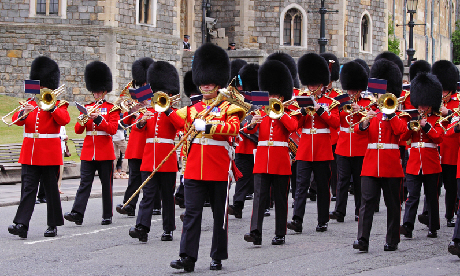
Castle gazing, park walking and river roaming – Wanderlust’s hometown of Windsor is a princely place for a weekend as Natalie Mortimer discovers
Like the Queen herself, Windsor oozes pageantry but has also embraced modern Britain. The riverside town is a mix of designer shops and sprawling deer-grazed parkland, where history lurks around many a cobbled corner then whacks you full in the face in the form of the chilly grey walls and turreted towers of Windsor Castle.
A fort and royal residence has dominated this spot since 1070, when William the Conqueror chose the site for its advantageous position: a day’s march from the Tower of London; right by the Thames; commanding views of the western approach to the capital. Windsor Castle has been continuously inhabited ever since, and extended and refurbished by almost every subsequent sovereign. This makes it the largest and oldest occupied castle in the world.
Originally built as a fort, the first monarch to use it as a house was Henry I in 1110; his grandson, Henry II converted it into a palace. In 1215, King John rode out from Windsor to sign the Magna Carta at nearby Runnymede. In 1642, Oliver Cromwell used it as a prison; during the Restoration, Charles II made it more magnificent than ever, adding a new set of State Apartments. When Queen Victoria made the castle her official residence, Windsor became the centre of the British Empire. Having survived the Second World War and a terrible fire in 1992, the castle remains the town’s crowning glory.
There is, however, more to Windsor than its imposing stronghold. Full of quirkiness – the only blue postbox in Britain; 16m-long Queen Charlotte Street, the country’s shortest – Windsor has a thriving centre. Extremely walkable, most of the town’s attractions are a short amble from the castle.
Pedestrianised Peascod Street is the main shopping thoroughfare. Nearby, Windsor Royal Shopping arcade occupies the grand Victorian Railway Station, where a purse-destroying gamut of high-end outlets sit amid original 1850s features. The bulk of the tourist bustle centres on High Street, which sweeps down past the castle in a tumble of pubs and restaurants towards the River Thames.
Follow High Street all the way to the footbridge, cross the Thames and you’re in Windsor’s sister-settlement, Eton. Separated by the river, they’re essentially two towns in one, and have had close ties since Henry VI founded Eton College in 1440. Now an enclave of little boutiques, peppered with teenage boys in billowing gowns, Eton’s own quaint High Street feels like a natural extension of its larger neighbour.
To escape most of the seven million tourists that pour into Windsor and Eton annually, head into Windsor Great Park. Once a vast Norman hunting forest, this 20 sq km green-space is now a mix of formal avenues, woods and open grassland grazed by herds of deer.
Getting there: Windsor is 1.6km from Junction 6 of the M4. There are two railway stations, Windsor & Eton Central and Windsor & Eton Riverside; both connect to London. Heathrow is 20km east; bus routes 71 and 77 link Windsor and Terminal 5 .
Getting around: The compact centre is best explored on foot. Buses serve the wider area; an Explorer FirstDay ticket offers unlimited travel for 24 hours for £8 . Where to stay: The Macdonald Windsor Hotel (23 High St; 01753 483100, macdonaldhotels.co.uk) offers opulence right opposite the castle; doubles from £130pn. For a more boutique option, Frances Lodge B&B (53 Frances Rd; 01753 832019, franceslodge.co.uk) is central, with ten contemporary rooms; doubles from £85pn.
Where to eat: There’s an overwhelming choice of chain restaurants and independent eateries around Windsor and Eton. For elegant candle-lit dining, Gilbey’s is a cut above, while family-run Al Fassia remains one of the UK’s best Moroccan establishments. See also the mentions of the Two Brewers pub and Bel & The Dragon in the Days 1 and 2 below.
Foodies with fat wallets may want to head 8km west to the small village of Bray, home to a superfluity of Michelin-starred marvels, including Heston Blumenthal’s The Fat Duck and Alain Roux’s Waterside Inn. Heston also owns two pubs in the village, The Crown and The Hind's Head. Upmarket Italian Caldesi in Campagna has a strong local following.
Further info: www.windsor.gov.uk
Start early, and head straight for Her Majesty’s weekend home (the Royal Standard will be flying if she’s in residence). Windsor Castle’s walls guard the glorious State Apartments, the Drawings Gallery, Queen Mary’s Dolls House and St George’s Chapel; in winter, the five Semi-State Rooms are also open. Admission includes a guided tour of the Precinct and an audio tour (£17.75; royalcollection.org.uk). The best views over the surrounding countryside are from the north terrace.
A visit to the castle takes two to three hours. Keep an eye on the time if you want to catch the Changing the Guard (11am Mon-Sat, April-July; alternate days the rest of the year).
Next door to the castle is the elegant, Grade I-listed Guildhall. Designed by Sir Christopher Wren in 1690, it has hosted the marriage of Prince Charles and Camilla Parker-Bowles. It’s also home to the Windsor & Royal Borough Museum (£2).
From the Guildhall, head back past the castle gates and Queen Vic’s statue to follow the road down to the Thames. Cross the footbridge into Eton to visit the prestigious college, where 19 prime ministers and many young royals have studied. Guided tours run on certain dates, Mar-Oct .
Cross back over the bridge to finish with a meal at Bel & The Dragon , which has been an inn since the 11th century.
Top tip
The splendid – and occasionally notorious – grounds of Cliveden is a short journey from Windsor. The walkable grounds are now owned by the National Trust (£5.45 entry), the mansion itself now a posh hotel.
Today, explore some of the countryside surrounding Windsor. There are plenty of possible walks but this 15km loop combines pretty villages and parkland. Start in Home Park (off Romney Lock Road), which runs alongside the Thames. Part of the Crown Estate, the park is Windsor’s main sports field; it’s also home to the annual Royal Horse Show .
Walk around the perimeter of the park to enter Datchet; in Tudor and Stuart times this village was home to royal courtiers and rich London merchants. Follow the Thames, which snakes south, crossing it at Southlea Road. Continue into Old Windsor, the oldest Saxon Town in Berkshire and the seat of Edward the Confessor.
Walk through the town and follow the road to Bishop’s Gate Road, which leads to the Bishop’s Gate entrance to Old Windsor Wood. Head west to the Copper Horse, a statue of George III on horseback, commissioned by his son George IV.
The statue marks the southern end of the Long Walk; stroll down this 4.26km avenue, which unrolls like a (thigh-achingly long) red carpet to the George IV entrance of Windsor Castle, often passing herds of velvet-antlered deer en route.
Finish by resting your feet at the Two Brewers (Park St; www.twobrewerswindsor.co.uk, booking strongly advisable if eating), a cosy 17th-century pub just by the castle gates, and where the Wanderlust team are often found. Children aren't allowed in, but well-behaved dogs are!
You could easily spend day three outside of Royal Berkshire: Windsor is well placed for exploring some of England’s most exciting cities – London is only 30 minutes away by train, Oxford just under an hour. However, there’s still plenty more regal countryside and important British history to be discovered.
To see where King John sealed the Magna Carta – one of the most important documents in English history – head to the rolling hills and graceful meadows of nearby Runnymede. A Magna Carta Memorial stands at the foot of Cooper’s Hill. Other monuments dot the area: visit the Kennedy and Air Forces Memorials too .
A stone’s throw across the river sits the 2,000-year-old Ankerwycke yew tree and the ruins of a 12th century Benedictine priory.
For a gentle Thames trip, French Brothers (www.frenchbrothers.co.uk) offers a variety of cruises, including a 40-minute Windsor round-trip (£5.70; year round) and a four-hour one-way sail from Runnymede to Hampton Court (£13.30; Jun-Sept).
If you’d rather stay on firm ground, take to the 294km Thames Path , which runs through Windsor; for example, you could walk from Windsor to Maidenhead (13km), then catch the train back.
